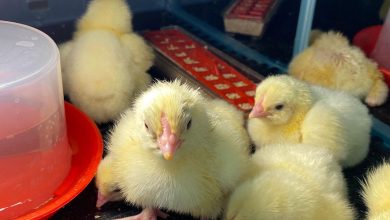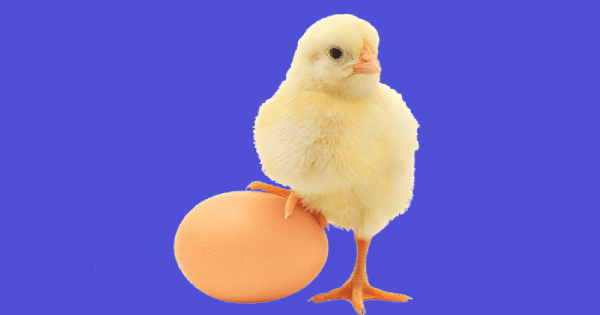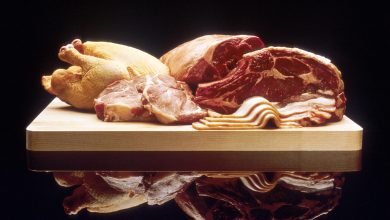Time to Address the Rise of Antibiotic-Resistant E. Coli in Poultry

Marek Rymanowski, Head of Veterinary Services – Proteon Pharmaceutical’s Poland and Dr Krishna Chandra Sahoo, Global Product Manager, Proteon Pharmaceutical’s India

E. coli is part of the gut microflora in chickens, and not all of them are harmful. However, pathogenic E. coli can overwhelm the immune system of birds, causing septicemia and death. E. coli infection in poultry farms can cause significant economic losses. The weight loss results in drop in the rate of egg production, mortality and other secondary infections can deal a serious blow to the production system. Farmers have to shell out extra for cleaning, disposal and treatment with antibiotics, which is becoming increasingly ineffective due to the emergence of multidrug resistant strains.
Farm practices
Poor husbandry practices exacerbate the spread of colibacillosis. Poultry house environments have high numbers of E. coli due to fecal contamination. The most common infection route is the inhalation of fecal matter contaminated dust, which contains E. coli in large numbers. If birds do not have access to water and clean feed, and if the litter remains wet due to bad ventilation, the bacterial transmission will take place at a rapid pace via respiratory mucus and fecal contamination.

Farm practices also have a hand to play in the high levels of antimicrobial resistance in poultry farms. Birds reared in deep litter system are more exposed to fecal contamination and hence at a greater risk. Antibiotic resistant strains of E. coli are twice as prevalent in broiler farms when compared with layer, as they are mostly reared in deep litter system. They also have a higher prevalence of multi drug resistance and Enterobacteriaceae that produce extended spectrum beta-lactamases, which are enzymes that break down antibiotics and make them ineffective. All of these factors point to a much more indiscriminate use of antibiotics in broiler farms, which need to sustain a rapid growth of chickens over very short periods.
| Nalidixic acid | 86 percent |
| Tetracycline | 47 percent |
| Ampicillin | 43 percent |
| Cotrimoxazole | 42 percent |
| Ciprofloxacin | 39 percent |
Figure 1: Levels of antibiotic resistance
At present, there is no regulation in antibiotic use in animal food production. Most small-time poultry producers use antibiotics for growth promotion rather than treatment. Antibiotics are considered more effective than sanitation or hygiene measures because untrained farm workers are not likely to follow strict biosafety measures. This should not come as a surprise as the odds of resistance is higher in independent farms. Contracted farms, which are largely owned by big players have to adhere to strict production protocols set down by the producer. Consequently, they employ better veterinary care and hygiene methods, and use antibiotics more judiciously. Independent farms do not have a support system and have need for rapid growth for profitability in a competitive poultry market. Hence, they tend to misuse antimicrobials.
Human transmission and risks
Antibiotic resistant strains of the bacteria can also pass on to humans who consume contaminated poultry meat. E. coli infections that are linked to the consumption of meat products often cause intestinal illness. Such outbreaks are carefully monitored by public health bodies and tend to receive a lot of negative media attention, which has an adverse impact on poultry sales.
The pandemic has also brought to attention the zoonotic potential of pathogens and there are enough studies that document the transmission of antibiotic resistant E. coli from poultry to humans. Some strains of E. coli have been in circulation in poultry flocks for years, and there could have been countless occasions for the strain to spillover to humans. But the possibility is potentially more dangerous now, given the increasing levels of antibiotic resistance. At a time when poultry farmers are already recovering from the production and sales losses caused due to the unfounded coronavirus scare, they cannot afford the luxury of sweeping a real problem such as this under the rug.
How do we address it?
With increasingly disposable incomes and an increase in the demand for poultry products, antimicrobial use in food production is only likely to go up. Ideally, the government should ban the non-therapeutic use of antibiotics in livestock farming. However, even if the center bans the use of antibiotics, there is no guarantee that it will gain traction at the local level. Farmers, on their part, should follow proper feed hygiene, water hygiene and biosecurity measures to curtail the spread of pathogenic bacteria in their flock. As for the problem of multidrug resistance, they will soon be able to switch over to effective, commercially available alternatives.
Bacteriophages are particularly effective in targeting specific bacterial cells. For the uninitiated, bacteriophages are beneficial viruses that replicate within the host to target and destroy specific bacterial species. Since phages don’t infect eukaryotic cells, they are safe for use in the treatment of bacterial infections in animals & poultry. Studies have demonstrated that bacteriophage treatment was comparable to treatment with enrofloxacin. When used together, it improved the effectiveness of colibacillosis treatments. Earlier this year, a study published in Nature identified two phages that can effectively infect almost all strains of Shiga toxin producing E. coli, which can pass from animals to humans and cause severe stomach cramps, bloody diarrhea and thrombocytopenia. Both the commercially available therapeutic applications and research point to one thing – custom bacteriophages are going to be the future in the control and treatment of bacterial infections.



